Emerging Therapeutic Options
Emerging therapeutic options are poised to transform the Creutzfeldt-Jakob Disease Market. Recent research has focused on developing novel treatments that target the underlying mechanisms of prion diseases. Investigational therapies, including monoclonal antibodies and small molecules, are currently undergoing clinical trials, with some showing promise in altering disease progression. The potential approval of these therapies could significantly impact the market, as they may offer new hope for patients and healthcare providers alike. Furthermore, the introduction of these innovative treatments is likely to stimulate further research and investment in the field, thereby enhancing the overall market landscape for CJD.
Increased Funding for Prion Research
Increased funding for prion research is a critical driver in the Creutzfeldt-Jakob Disease Market. Governments and private organizations are recognizing the need for more comprehensive studies on prion diseases, including CJD. This funding is likely to facilitate the exploration of novel therapeutic approaches and enhance understanding of disease mechanisms. For instance, recent initiatives have allocated millions of dollars towards research aimed at developing effective treatments and preventive measures. As research progresses, it is expected that new findings will lead to breakthroughs in the management of CJD, thereby expanding the market for related therapies and interventions.
Advancements in Diagnostic Technologies
Advancements in diagnostic technologies are significantly influencing the Creutzfeldt-Jakob Disease Market. Enhanced diagnostic tools, such as MRI and EEG, have improved the accuracy and speed of CJD diagnosis, allowing for earlier intervention. The development of biomarker tests and genetic screening methods also holds promise for identifying at-risk individuals. As these technologies become more widely adopted, the market for diagnostic services related to CJD is anticipated to grow. Furthermore, the integration of artificial intelligence in diagnostic processes may streamline patient assessment, leading to more efficient healthcare delivery. This trend underscores the importance of innovation in diagnostics as a key driver of market growth.
Growing Awareness and Education Initiatives
Growing awareness and education initiatives regarding Creutzfeldt-Jakob Disease are pivotal in shaping the market landscape. Public health campaigns aimed at educating healthcare professionals and the general public about CJD are becoming more prevalent. These initiatives are likely to lead to earlier diagnosis and treatment, which could improve patient outcomes. Additionally, increased awareness may drive demand for specialized healthcare services and support systems for affected individuals and their families. As more stakeholders become informed about the implications of CJD, the Creutzfeldt-Jakob Disease Market is expected to experience growth driven by a more proactive approach to disease management.
Rising Incidence of Creutzfeldt-Jakob Disease
The increasing incidence of Creutzfeldt-Jakob Disease (CJD) is a notable driver in the Creutzfeldt-Jakob Disease Market. As awareness of the disease grows, more cases are being diagnosed, leading to heightened demand for diagnostic tools and treatment options. Recent data indicates that the annual incidence rate of CJD is approximately 1-2 cases per million people, which, while rare, suggests a steady need for healthcare resources dedicated to this condition. This rising incidence is likely to stimulate investment in research and development, as pharmaceutical companies seek to address the unmet medical needs associated with CJD. Consequently, the market is expected to expand as healthcare providers and researchers collaborate to develop innovative solutions for this challenging disease.
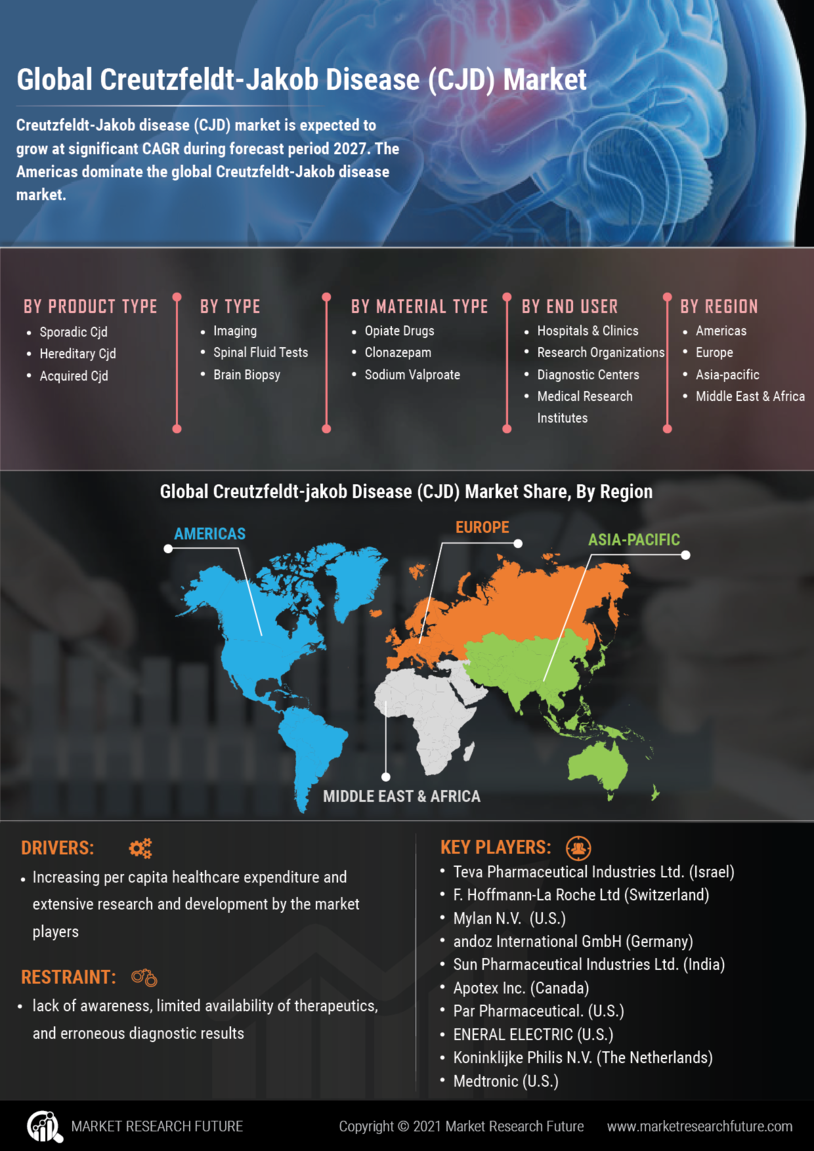

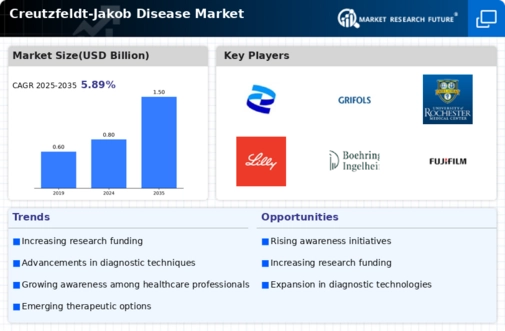
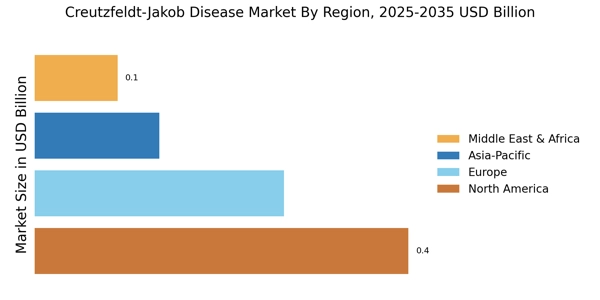
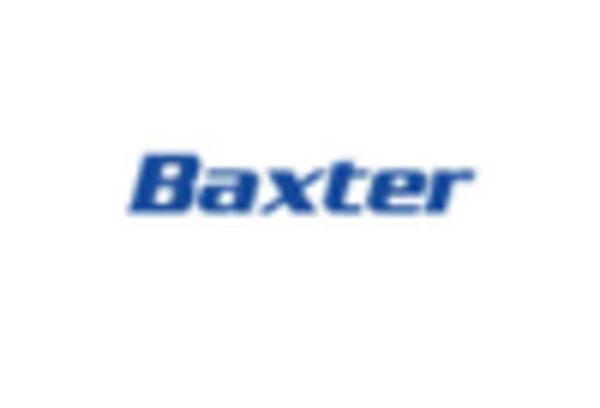
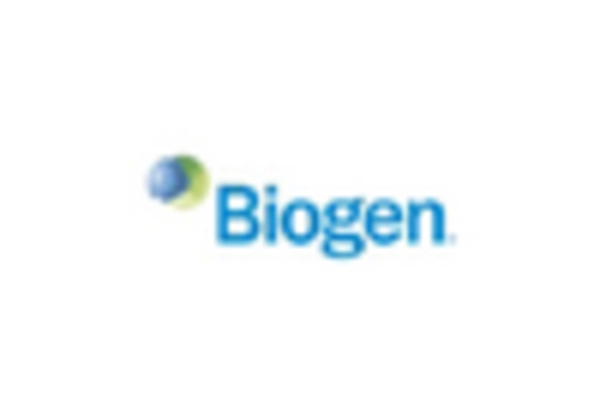

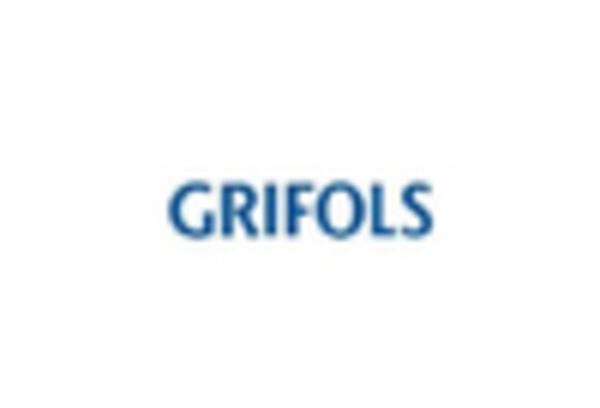










Leave a Comment